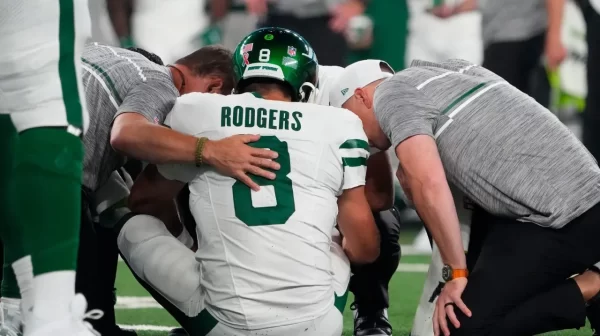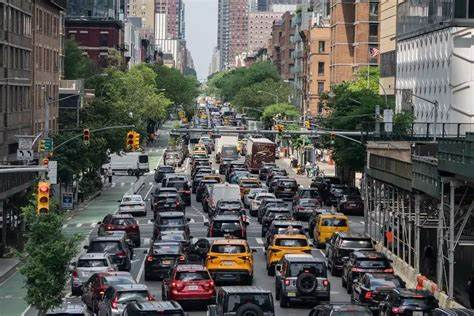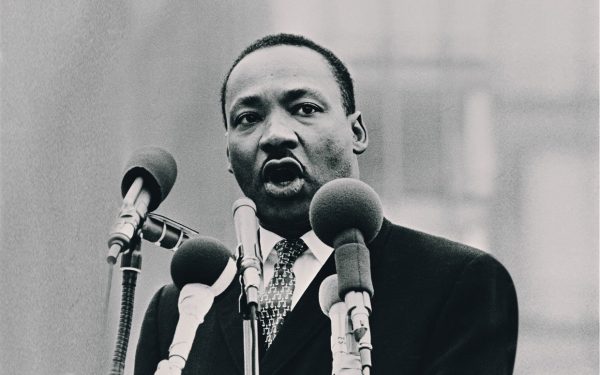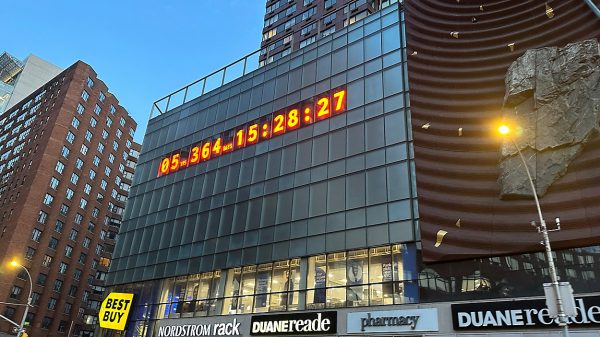Lockout Adds to MLB’s Contingency Issues
It’s an understatement to say that the first MLB lockout in 26 years came at a rather inopportune time. With recent arguments between players and owners over the pandemic in 2020, it’s not surprising that the Major League Players Association (MLBPA) and MLB didn’t come to terms on a new collective bargaining agreement by the December deadline, sending baseball into its 9th work stoppage ever.
At the center of the disagreements between the two sides is economics, and for the MLBPA, that means getting players paid. Teams are gravitating towards younger rosters, resulting in many young athletes not earning what they should as they are under team control for a long time. Vladimir Guerrero Jr, a 22 year old for the Toronto Blue Jays, made $605,400 last year in his third season. He was an AL MVP finalist, making $35,000 over league minimum. Guerrero Jr. will be eligible for arbitration in 2023, but he won’t get fairly compensated for his worth until free agency in 2026. These issues for younger players leave the union and league in a stalemate over service time, free agency and arbitration.
To enter free agency, a player must have 6 years of service time, but the league is willing to allow an aged 29.5 player to become a free agent. The union has proposed similar ideas, but the trouble comes with the MLBPA wanting to manipulate service time. The union has suggested being able to acquire time for accomplishments so that 6 years of service time is not exactly 6 years. Regarding arbitration, the union wants players to be eligible after 2 years, meanwhile the MLB wants the arbitration process to be based off of WAR—a statistic measuring a player’s contributions to his team. The MLBPA was less than welcoming to this suggestion.
While recent years have seen the largest contracts in MLB history with Mookie Betts, Mike Trout and Francisco Lindor signing contracts worth more than $340 million for at least 10 years, they also have seen a gradual decrease in average player salary. Both the player’s union and management would like to see an increase in baseline pay, but the difference in what each perceives as reasonable is drastic.
The lockout leaves players isolated from their teams. They can’t access facilities and coaches, and even injured players are left without team trainers. Negotiations have not resumed since the owner induced lockout that began on December 2. If a new CBA isn’t agreed on soon, the 2022 season would be affected as there would be a delayed start to spring training. Baseball cannot afford a postponement—not another opportunity for the sport’s reputation to be tarnished.
MLB has been plagued with controversies: the Astros cheating scandal, the termination of minor league teams, the disagreements between the players and league over a pandemic season, and the endless steroid and domestic violence issues. Baseball hasn’t experienced an uninterrupted grace period, and that’s problematic.
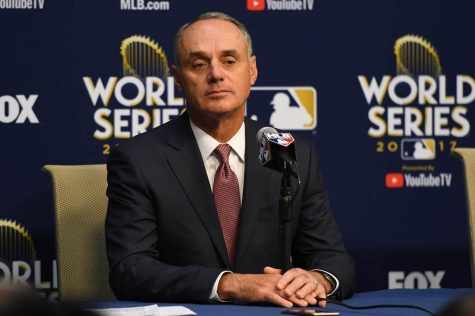 MLB is out of sync. It seems as if players and management don’t understand each other, let alone want to compromise. All they have in common is that each side thinks the other is hurting the sport. Every controversy has bolded the line between the athletes, and Rob Manfred and the owners, and the lockout is arguably the most severe.
MLB is out of sync. It seems as if players and management don’t understand each other, let alone want to compromise. All they have in common is that each side thinks the other is hurting the sport. Every controversy has bolded the line between the athletes, and Rob Manfred and the owners, and the lockout is arguably the most severe.
In a letter to baseball fans, Manfred wrote, “From the beginning, the MLBPA has been unwilling to move from their starting position, compromise, or collaborate on solutions.” In his effort to further defend the lockout, he had described the previous CBA as one the “[Players] wouldn’t trade for any other in sports.”
The MLBPA, arguably the strongest players association in all of sports, introduced an entirely different perspective that places blame elsewhere: “It was the owners’ choice, plain and simple, specifically calculated to pressure players into relinquishing rights and benefits and abandoning good faith bargaining proposals that will benefit not just players but the game and industry as a whole.”
The biggest threat to baseball isn’t another sport, it’s the MLB itself. A new CBA will eventually be agreed upon, but whether or not it aligns the sport or continues to divide it remains to be seen.


